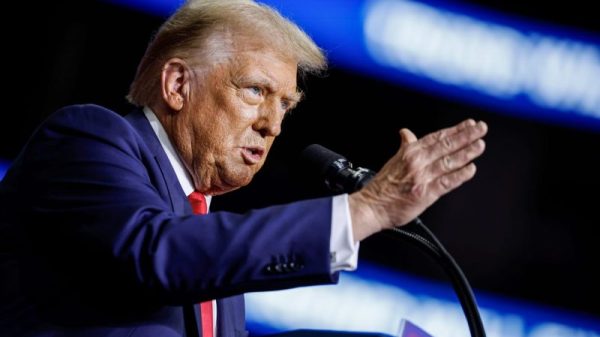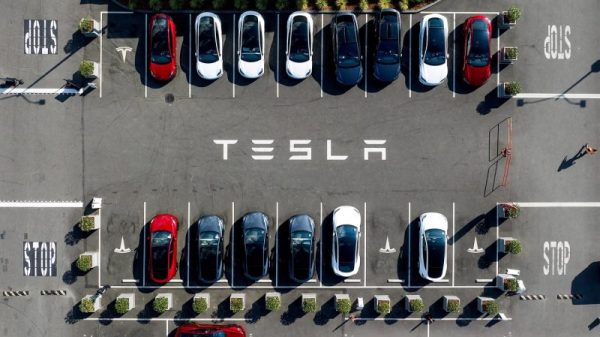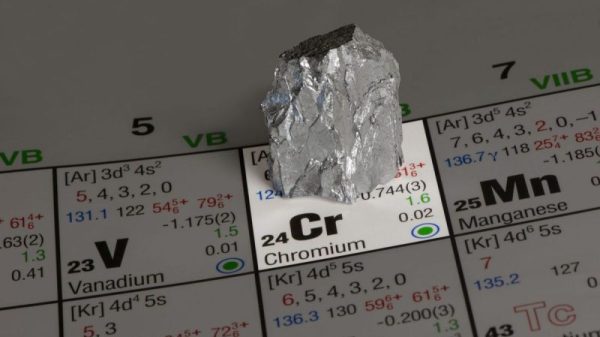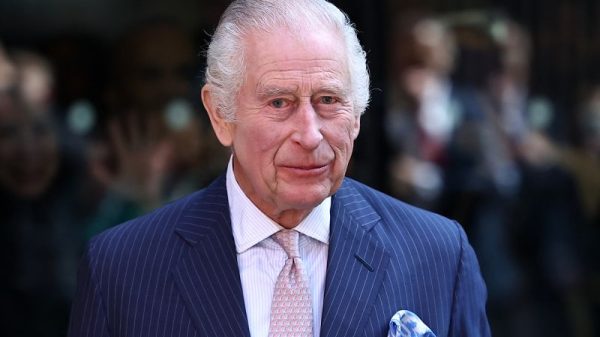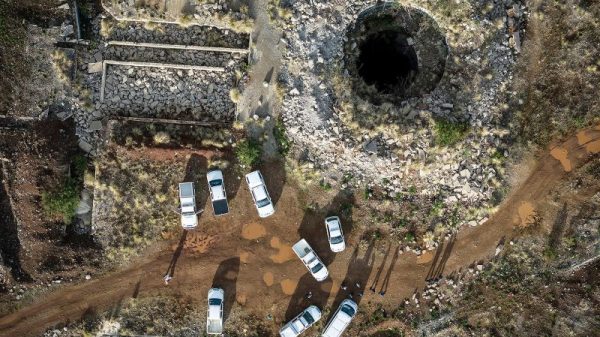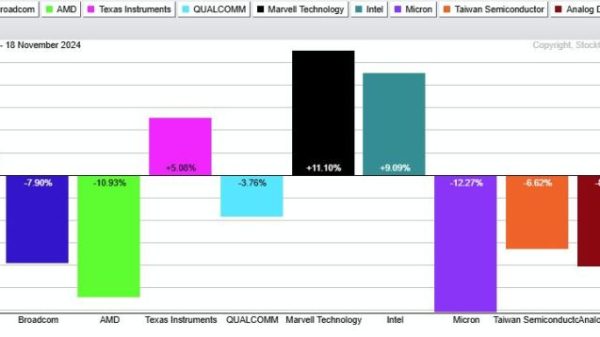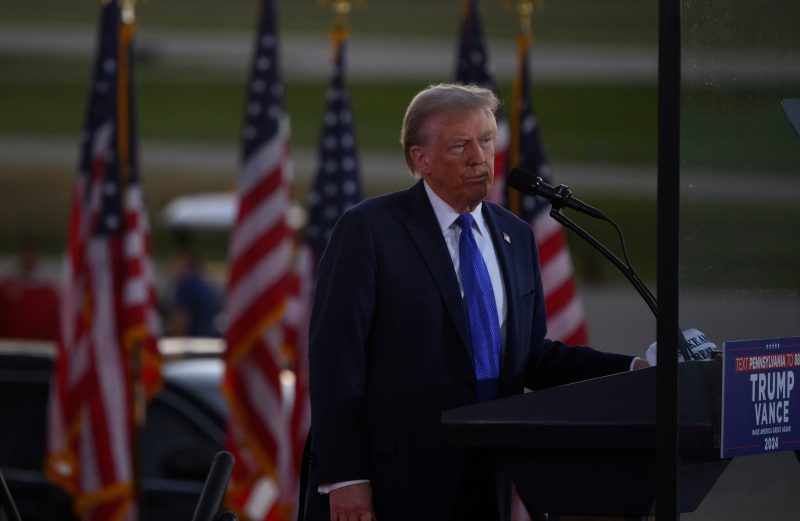Over the course of his presidency, Donald Trump would not fail to steer public discourse in the direction of topics he believes to be especially important. One of these topics is unquestionably the fracking industry, an industry he consistently claims to be a significant job provider, particularly in the state of Pennsylvania. One of his claims that stirred considerable conversation is the suggestion that Pennsylvania has 500,000 jobs in fracking. However, examining the facts and data shows that this assertion appears to be an exaggeration.
Fracking, formally known as hydraulic fracturing, involves extracting gas and oil from rock formations deep within the earth. It is a heavily discussed issue due to its potential environmental drawbacks and perceived economic benefits. The gas and oil industries have always been conducive to job creation, and fracking, being part of these industries, indeed yields numerous jobs. However, the debate lies in the actual number of jobs it provides, especially in Pennsylvania.
According to the U.S Bureau of Labor Statistics, as of 2019, the number of jobs in the oil and natural gas industry in Pennsylvania was around 26,000. This figure covers jobs in sectors from extraction to pipeline transportation, which incorporates fracking jobs as well. Compared to Trump’s claim of 500,000 jobs, this official figure is far lower.
Likewise, a report from Pennsylvania’s Department of Labor and Industry released in 2018 stated that the number of direct jobs in the Natural Gas Fracking industry was estimated to be around 20,000. While this number fluctuates based on the whims of the market, claims of 500,000 jobs are still roughly 25 times higher than the actual figures reported by the state’s labor department.
Moreover, when considering indirect jobs within the wider gas sector – those in industries that support or are facilitated by fracking like manufacturing, healthcare, and construction – the numbers are still significantly lower than Trump’s claim. According to a 2017 report by the Pennsylvania Department of Labor & Industry, the broader core and ancillary industries collectively had a workforce of 89,000. This reflects, in total, about 17.8% of the President’s claimed figure.
It’s also worth noting that data from the U.S Energy Information Administration (EIA) show a decline in the number of new gas wells drilled in Pennsylvania. This could potentially imply a decrease in job creation within the fracking industry, not an increase.
Another aspect to take into account is that the state’s economy has a diverse range of job sectors with technology, healthcare and retail on top, and not primarily focused on fracking or oil and gas industries. The overemphasis on the role of fracking in Pennsylvania’s job market could divert attention from the other sectors that hold more prominence.
In conclusion, while fracking indeed presents significant economic advantages in terms of job creation, Trump’s claim that the industry employs 500,000 individuals in the state of Pennsylvania appears to be greatly overstated. When scrutinized, the valid data tells a very different story, reminding us of the importance of accurate reporting and grounding political debates in fact.




